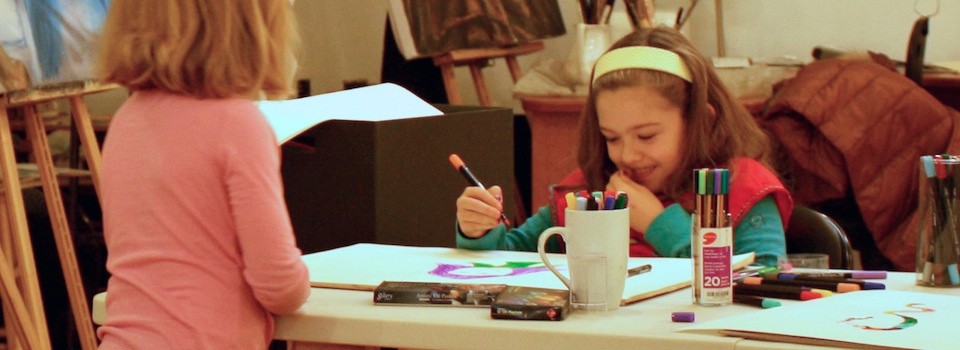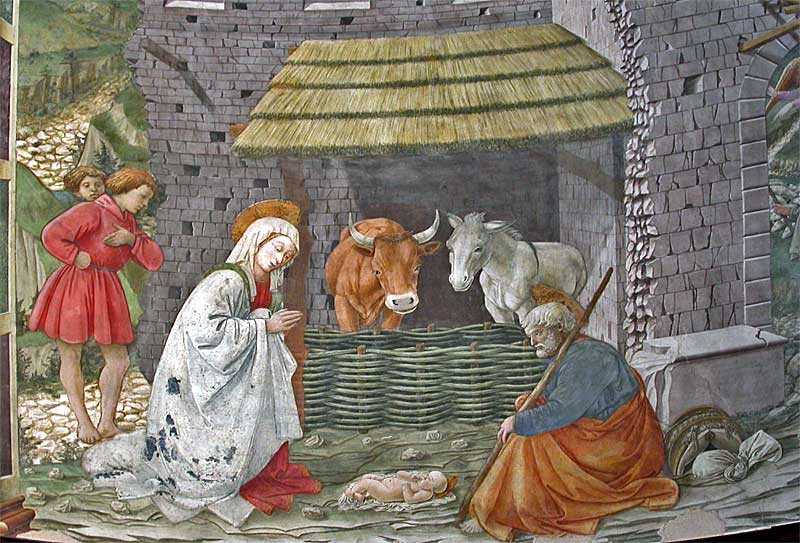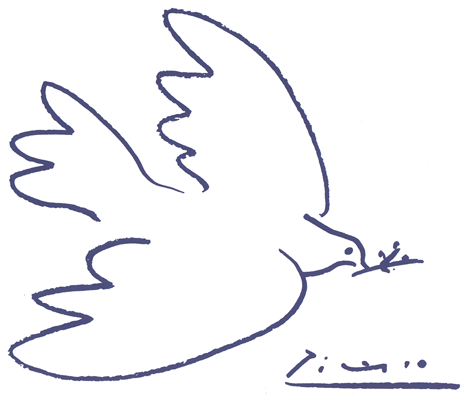Art and Kids
What Art Teaches Kids
This weekend we are having an Open House at the school to welcome families and children and others interested in the arts for kids, and to find out from the community what we can do for you all.
As an art teacher and an art therapist, I have had the wonderful experience of seeing what a good effect art has on children. They take to it likes ducks to water – which is to say, it is natural for them. I will be writing more posts this week about art and children. This first one is an excerpt from a book by called Arts and the Creation of Mind by Eliot Eisner, a long time advocate of art education, not just for the sake of creativity but as something which promotes literacy, a questioning and critical mind, problem solving, social skills, good habits, self-discipline, and self-expression of course.
Please come to our school on Saturday morning if you are free. Meet some of our teachers and have some fun with your kids!
10 LESSONS THE ARTS TEACH
- The arts teach children to make good judgments about qualitative relationships. Unlike much of the curriculum in which correct answers and rules prevail, in the arts, it is judgment rather than rules that prevail.
- The arts teach children that problems can have more than one solution and that questions can have more than one answer.
- The arts celebrate multiple perspectives. One of their large lessons is that there are many ways to see and interpret the world.
- The arts teach children that in complex forms of problem solving purposes are seldom fixed, but change with circumstance and opportunity. Learning in the arts requires the ability and a willingness to surrender to the unanticipated possibilities of the work as it unfolds.
- The arts make vivid the fact that neither words in their literal form nor numbers exhaust what we can know. The limits of our language do not define the limits of our cognition.
- The arts teach students that small differences can have large effects. The arts traffic in subtleties.
- The arts teach students to think through and within a material. All art forms employ some means through which images become real.
- The arts help children learn to say what cannot be said. When children are invited to disclose what a work of art helps them feel, they must reach into their poetic capacities to find the words that will do the job.
- The arts enable us to have experience we can have from no other source and through such experience to discover the range and variety of what we are capable of feeling.
- The arts’ position in the school curriculum symbolizes to the young what adults believe is important.
SOURCE: Eisner, E. (2002). The Arts and the Creation of Mind, In Chapter 4, What the Arts Teach and How It Shows. (pp. 70-92). Yale University Press. Available from NAEA Publications. NAEA grants reprint permission for this excerpt from Ten Lessons with proper acknowledgment of its source and NAEA.
by Catherine Wells
Director, Pointe-St-Charles Art School




